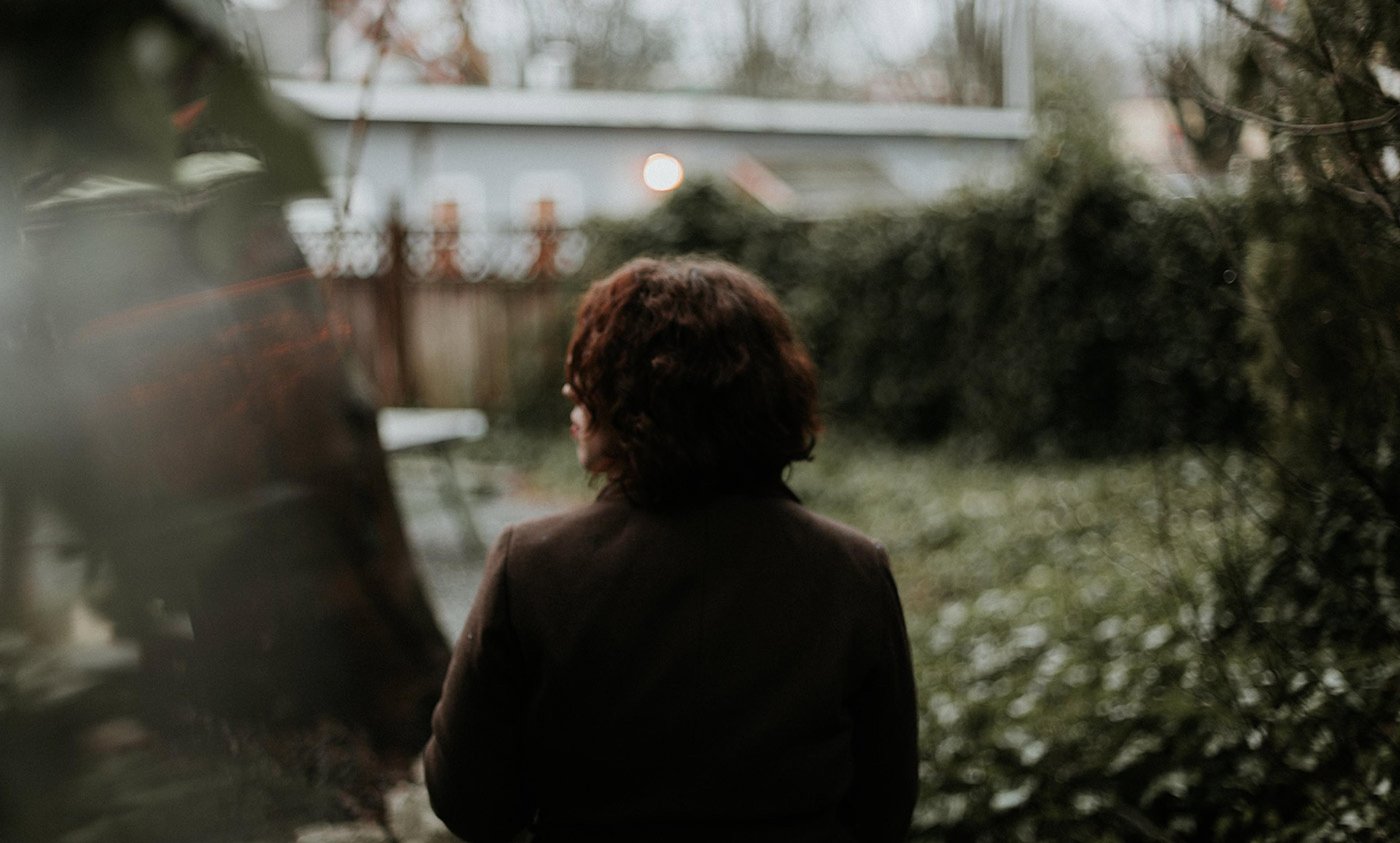
The Sleeping Gypsy 1897, by Henri Rousseau. Courtesy Wikimedia
The legendary Roman dining couch, known as the klinai, was made from wood or stone, covered with cloth, and designed for lying down. I sometimes wonder how comfortable it really was. Then again, since people 2,000 years ago weren’t acquainted with comfort in the modern, well-cushioned sense, they probably enjoyed it much more than we would today. The klinai was perfectly adequate for the purpose of munching grapes, drinking wine, exchanging philosophical opinions, and meeting potential lovers.
As a sophisticated art form, however, lying down was perfected much later. Take the divan. The word means different things under different circumstances: a Turkish divan consists of a mat on the floor or a flat ledge that can run along an entire wall. In a French boudoir, a divan means an upholstered bench, often decorated with tassels and fringe, in the middle of the room. The term can even be used for a row of chairs clustered around a raised platform. Ultimately, divans and couches came to be associated with ‘oriental’ behaviour and a kind of literary dilettantism – thanks to the likes of Thomas De Quincey, the 19th-century English essayist and wastrel, who succumbed to opium while reclining on a chaise. Later, writers ranging from Truman Capote to the former US poet laureate Charles Simic would confess to producing their best work while horizontal.
Until recently, lying down was seen as the horizontal counterpart to the dreamy rambling of the melancholy flâneur, walking about without pursuing any goal in particular. When we lie on our backs and direct our gaze up toward the ceiling or sky, we lose our physical grasp of things. We relax our state of hyper-vigilance, and our thoughts soar.
Indeed, the general disdain for lying down was ‘unhealthy’ and ‘hypocritical’, according to G K Chesterton, the English critic renowned for his contrarian wit. In the essay ‘On Lying in Bed’ (1909), he championed each person’s freedom and flexibility to decide when to get out of bed, or to enjoy lunch ‘sometimes in the garden, sometimes in bed, sometimes on the roof, sometimes in the top of a tree’. Although Chesterton recommended that these bouts of leisure (which did not include sleep) be ‘very occasional’, he insisted that it was unnecessary to justify such aimlessness, except in cases of serious illness. ‘If a healthy man lies in bed,’ he explains, ‘let him do it without a rag of excuse; then he will get up a healthy man.’ However, he warns, if he lies down with a scientific or medical purpose in mind, ‘he may get up a hypochondriac’.
The Chinese author Lin Yutang wrote in 1937 that ‘our senses are the keenest in that moment’ when we are lying down, and added that ‘all good music should be listened to in the lying condition’. Our mental makeup and even the structure of our perception can change with a shift of posture. Responses that seemed perfectly natural a few minutes earlier, when we were standing upright or sitting, become inexplicable. Questions that were so important appear in a different light when we view them horizontally. Voices and even the ringing of a telephone might no longer reach us with the same urgency as when we were standing.
Yet, these days, the art of repose is under assault. With the advent of smartphones, hardly any vertical or horizontal position is safe from the disturbances of the outside world. We ruin our sleep by exposing our retinas to the bright blue light of our screens just before bed. We put our phones next to our pillows or on the bedside table, and our first action in the morning is to reach over to check the messages that have arrived overnight.
The concern about the scarcity of our attention is not without precedent – or at least it can be seen as the latest chapter in a long-running story. With the rise of the novel in the 18th century, long reading sessions became common practice among the educated classes. Paintings abound of women lolling on couches, sometimes in states of undress, as if absorption in a book would bring about the dissolution of the social body. A reclined pose was seen as both a marker of indulgent over-stimulation and proof of indolence in a fast-changing world.
Now that idleness is harder and harder to find, even sleeping might soon be regarded as a mere necessity, a way of simply making yourself ready to be productive the next day. With the rise of sleep-tracking apps – and technologies to radically reduce how much shut-eye we need – the instrumental and quantifying logic of the market has finally conquered one of the last domains that was reasonably free from economic concerns. ‘There will be sleeping enough in the grave,’ said Benjamin Franklin, the wakeful polymath and a founding father of the United States. If both dreaming and daydreaming are under attack, will lying around be reserved for late age and, perhaps, death?





